Tests show products contain widely variable amounts of compounds with unknown risks
Concerns around the potential harms of e-cigarettes are nothing new, but recent research has drawn attention to a loophole being exploited by US tobacco and vape companies to bring new products to market without regulatory oversight.

Structural analogues of nicotine, which may or may not have similar biological effects, are not subject to the same regulation by the US Food and Drug Administration (FDA). This means manufacturers can sell products containing nicotine analogues without seeking FDA authorisation. And while rules in Europe and elsewhere are generally broader, similar products are emerging as producers push the limits of the law.
‘The way that the Tobacco Control Act is written in the US, a product can be regulated if it says “nicotine” or “nicotine salt” or “nicotine complex” – it doesn’t say anything about nicotine analogues per se,’ explains Sairam Jabba, a senior research scientist at Duke University School of Medicine in the US, who was involved in the research exposing this issue.
‘So [manufacturers] try to take advantage and say “we have a chemical that is not technically nicotine – it has a different chemical formula – and it’s not tobacco-based, because we are synthesising it in the lab using advanced patented technologies, so until the FDA figures this out, we will run it in the market”,’ he adds.
In the 1970s and 1980s, tobacco companies studied analogues as nicotine replacements, aiming to circumvent anticipated nicotine regulation and develop products that did not cause the peripheral effects of nicotine, such as a racing heart or trembling hands.
But the expected restrictions on nicotine never materialised, and research was abandoned for several decades. Now, with the FDA introducing more stringent policies on tobacco products, nicotine analogues are making a comeback.
‘You have to go through a very strong and rigorous pre-marketing application process in the US – moneywise and timewise, it’s a long process,’ says Jabba. ‘So [tobacco companies] are trying to find ways to circumvent and find loopholes in this.’
But studies into the safety of these compounds in humans are lacking, leading to concern about the potential harm nicotine analogues could cause.
‘We know nothing about the human pharmacology of [nicotine analogues],’ says Neal Benowitz, an expert on the pharmacology of nicotine at the University of California, San Francisco in the US. ‘We have thousands of papers on nicotine pharmacology … we don’t have that for nicotine analogues. We don’t really know any of the safety issues … or the addiction potential. I’m obviously concerned.’
‘Nicotine free’
Jabba says there are currently two nicotine analogues on the market that are being used in vape products: 6-methyl nicotine and nicotinamide.
‘Neither are new chemicals – nicotinamide is essentially a water-soluble form of vitamin B3, it can be a precursor for nicotine synthesis in some places, but it’s nothing to do with the activity of nicotine,’ he explains, while 6-methyl nicotine substitutes one hydrogen atom on nicotine’s pyridine ring with a methyl group.
In October 2023, Jabba and colleagues were made aware of a new e-cigarette pod system, called Spree Bar, that had been introduced to the market. The company describes the product as ‘nicotine-free’ and says that, as a result, it does not ‘fall under the regulatory purview of the FDA’s Center for Tobacco Products’ or require FDA premarket authorisation.
All nine flavours of the product were labelled as containing 5% 6-methyl nicotine, referred to by the company by its tradename Metatine. ‘Metatine is a patented non-nicotine compound that provides adult users with a strong sense of satisfaction that is largely indistinguishable from traditional vape products,’ the website says.
‘A synthetically derived molecule that is structurally similar to, but chemically different from other vaping alkaloids, Metatine is not made from, and does not contain, nicotine. In its natural state, Metatine is a colorless, odorless liquid. It is considered an active ingredient and is currently found (only!) in premium Spree Bar vape devices.’
In March 2024, Jabba and colleagues published an industry watch article in Tobacco Control to inform the research and regulatory community about these new products.
‘When we looked at the chemical formula, we knew that [Metatine] was basically 6-methyl nicotine – we immediately did a lot of research and found that it was very similar, if not more potent and more toxic and we thought [people] needed to be made aware,’ says Jabba.
‘6-methyl nicotine has been studied in animals and it does have a high affinity for the nicotinic cholinergic receptors, which is where nicotine works, so it produces nicotine-like effects,’ Benowitz adds. ‘In animal studies, it’s actually more potent than natural nicotine and has greater toxicity in some models; the dose that kills animals is lower for 6-methyl nicotine compared to nicotine.’
Vitamin vapes
Shortly after, they became aware of another new product; an e-cigarette liquid containing nicotinamide, marketed as ‘Nixotine’, ‘Nixodine’, ‘Nixamide’, and ‘Nic-Safe’. The product claims to be ‘carefully designed to target the same nicotinic acetylcholine receptors that traditional nicotine stimulates’.
Jabba and his colleagues analysed a range of these products, to determine whether they were what they claimed to be. ‘Interestingly, [for Spree bar] we found that that there was a huge discrepancy – they say 5% [6-methyl nicotine] on the label, like most nicotine products on the market [but] what we found was around 0.6% which is almost 90% less than what they’re labelling,’ explains Jabba. He suggests that this is likely for marketing purposes, as customers are used to seeing 5% nicotine labels on products.
They also found high levels of the artificial sweetener neotame, and the synthetic coolant 2-isopropyl-N-2,3-trimethylbutyramide.
For the nicotinamide product, it was a different story. ‘The nicotinamide analogue is vitamin B3 and has no nicotinic receptor activity. They could be marketed as a vitamin vape, which are also popular in general [in the US],’ says Jabba.
‘I really have no idea why they decided to try to market nicotinamide, except for the name,’ says Benowitz. ‘As far as I know, there’s no concerns about nicotinamide but who knows what it does once you heat it up.’
Again, the amount of nicotinamide in the vape liquid was not the same as what was on the label – there was around a 50% discrepancy. But perhaps more concerningly, the products had also been spiked with 6-methyl nicotine.
‘The scarier thing was that, in collaboration with another online manufacturer, they are selling it in barrels – this is not in litres, not in bottles, but in barrels,’ says Jabba. ‘So that means any “mom-and-pop shop” (which are very popular in the US) can buy it, make their own flavoured product, put their own brand name on it and then sell it.’
The FDA confirmed it was aware of companies ‘reportedly manufacturing products that may contain compounds that mimic the effects of nicotine, but that are structurally or chemically different’. It said it was looking at the issue from an ‘agency-wide perspective’ and was funding several research efforts on the topic.
‘Although more research is needed, some emerging data show these nicotine analogues may be more potent than nicotine – which is already highly addictive, can alter adolescent brain development and have long-term effects on youth’s attention, learning and memory,’ an FDA spokesperson told Chemistry World. They added that any company illegally marketing a regulated product without proper authorisation from the FDA was at risk of ‘compliance and enforcement actions’.
However, Jabba points out that regulating such chemicals on an individual basis is unlikely to be effective. ‘If we regulate one chemical, then a similar chemical with similar function is being added, then we are chasing down that for another couple of decades,’ he says. ‘By the time the regulatory things catch up, we are kind of playing a whack-a-mole.’
Regulation elsewhere
In the European Union nicotine analogues are covered by Article 2 of the Tobacco Product Directive 2014/40/EU. ‘The EU directive says “nicotine and nicotine-alkaloids”,’ says Jabba. ‘Nicotine-like chemicals and nicotine analogues will fall under that.’
In addition, any vape product claiming to have health benefits – like the nicotinamide ‘vitamin vapes’ – would be automatically banned under the EU directive.
In the UK, the situation is less clear-cut. Jabba says that when he came over to the UK for a conference he was made aware of some pouch products (which are placed in the mouth between users’ lips and gums) containing 6-methyl nicotine that were being sold in the UK. ‘We were able to purchase online from the US some products from the UK which contain 6-methyl nicotine,’ he adds.
The UK Department of Health and Social Care says it is aware of these products and is taking action to determine how they act as a nicotine substitute.
The Tobacco and Vapes Bill (originally introduced on 20 March 2024 under Rishi Sunak’s Conservative government) aims to provide ministers with the powers to regulate the flavours, ingredients, packaging, and display of vapes and other nicotine products. It would also further strengthen enforcement activity, allowing Trading Standards to take swifter action to enforce the law, including on non-compliant products, and closing loopholes. The incoming Labour government has pledged to continue advance the legislation – or a revised version of it – during this parliament.










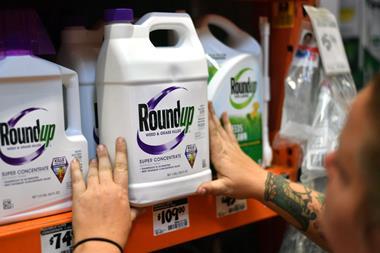

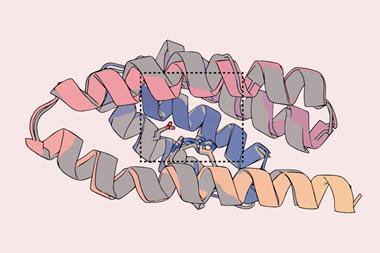

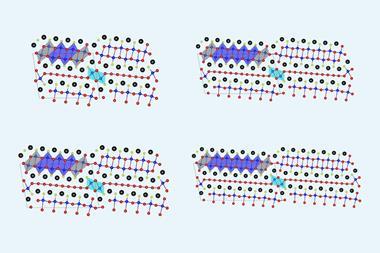
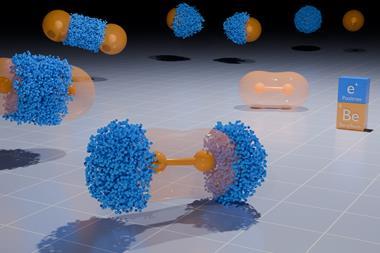

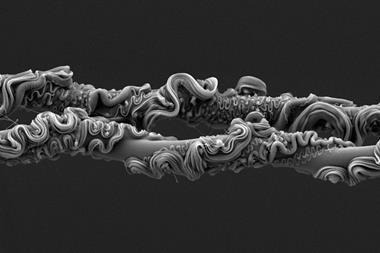
No comments yet